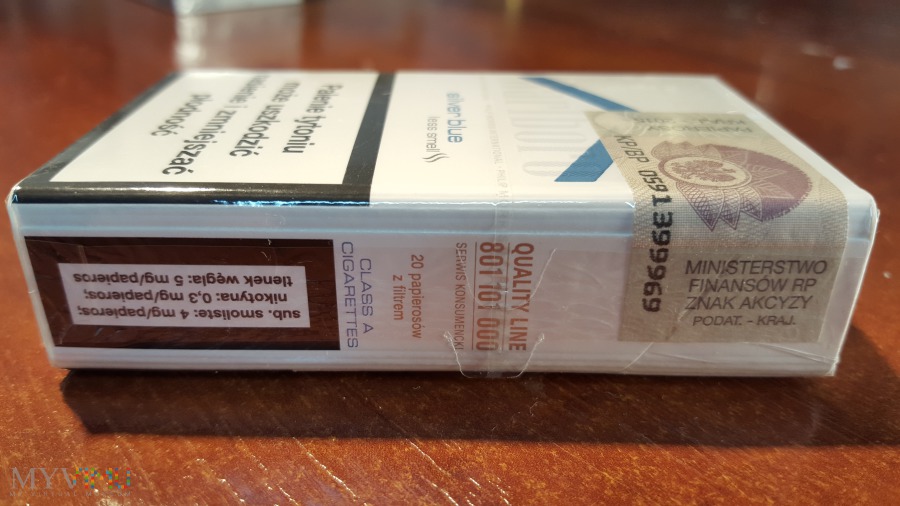
The two strongest Marlboro brands (Red and Red without additives) showed the highest PM concentrations of all tested cigarettes. PM concentrations (PM 10, PM 2.5, PM₁) were measured with a laser aerosol spectrometer followed by statistical analysis.

SHS was generated by an automatic environmental tobacco smoke emitter (AETSE) in an enclosed space with a volume of 2.88 m³. Four cigarette types of the brand Marlboro with different strengths and with or without additives were analyzed in comparison to the 3R4F reference cigarette. This study aimed to investigate the influence of tobacco strength or additives on PM. Tobacco strength (amount of tar, nicotine, and carbon monoxide) and different additives might have an effect on the amount of PM. inhalation of particulate matter (PM) in second-hand smoke (SHS) is hazardous to health of smokers and non-smokers. 6 Institute of Occupational, Social and Environmental Medicine, Goethe University Frankfurt, Theodor-Stern-Kai 7, D-60590 Frankfurt am Main, Germany. 5 Medical Entomology, Department of Biomedical Sciences, Institute of Tropical Medicine, Nationalestraat 155, B-2000 Antwerpen, Germany. 4 Institute of Occupational, Social and Environmental Medicine, Goethe University Frankfurt, Theodor-Stern-Kai 7, D-60590 Frankfurt am Main, Germany.

3 Institute of Occupational, Social and Environmental Medicine, Goethe University Frankfurt, Theodor-Stern-Kai 7, D-60590 Frankfurt am Main, Germany. 2 Institute of Occupational, Social and Environmental Medicine, Goethe University Frankfurt, Theodor-Stern-Kai 7, D-60590 Frankfurt am Main, Germany.


 0 kommentar(er)
0 kommentar(er)
